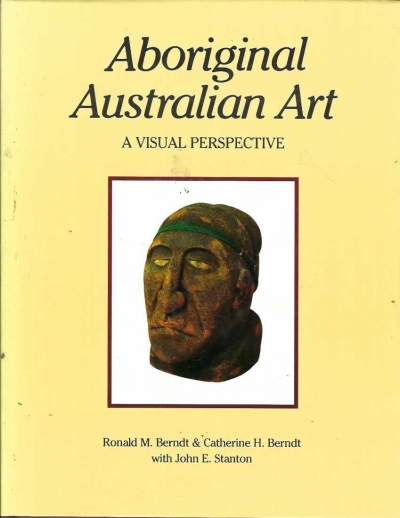Accessibility Tools
- Content scaling 100%
- Font size 100%
- Line height 100%
- Letter spacing 100%
Archive
The ABR Podcast
Released every Thursday, the ABR podcast features our finest reviews, poetry, fiction, interviews, and commentary.
Subscribe via iTunes, Stitcher, Google, or Spotify, or search for ‘The ABR Podcast’ on your favourite podcast app.
‘Where is Nancy?’ Paradoxes in the pursuit of freedom
by Marilyn Lake
This week on The ABR Podcast, Marilyn Lake reviews The Art of Power: My story as America’s first woman Speaker of the House by Nancy Pelosi. The Art of Power, explains Lake, tells how Pelosi, ‘a mother of five and a housewife from California’, became the first woman Speaker of the United States House of Representatives. Marilyn Lake is a Professorial Fellow at the University of Melbourne. Listen to Marilyn Lake’s ‘Where is Nancy?’ Paradoxes in the pursuit of freedom’, published in the November issue of ABR.
Recent episodes:
Australian Art: A visual perspective by Ronald M. Berndt, Catherine H. Berndt, and John E. Stanton
W.F. Mandle reviews 'The Tyranny of Distance', 'Triumph of the Nomads', and 'A Land Half Won' by Geoffrey Blainey
Who, we wondered, gets the largest Public Lending Right cheque each year – Manning Clark or Geoffrey Blainey? Probably still Manning, and he’ll still be ahead in the royalties stakes too, but the younger colt must be closing fast, and he shows no signs of tiring. Even if he did, his publishers, like Manning’s for that matter, can always do, as they have here, a recycling and packaging job.
... (read more)Australia Since the Coming of Man by Russel Ward & New History edited by G. Osborne and W.F. Mandie
For the previous Commonwealth Writers’ Week associated with the Commonwealth Games at Edmonton, a large if not necessarily lively anthology of writing from all countries of the Commonwealth was produced. Brisbane produced a twelve page ‘Guide to Participants’ which showed that only eighteen of the sixty-three listed participants were not Australian or Australian born. Not all of the eighteen visitors turned up, the most conspicuous absentee being Edward Brathwaite of Jamaica. This imbalance was reflected in the sessions themselves, nearly half of which were exclusively Australian in content.
... (read more)








